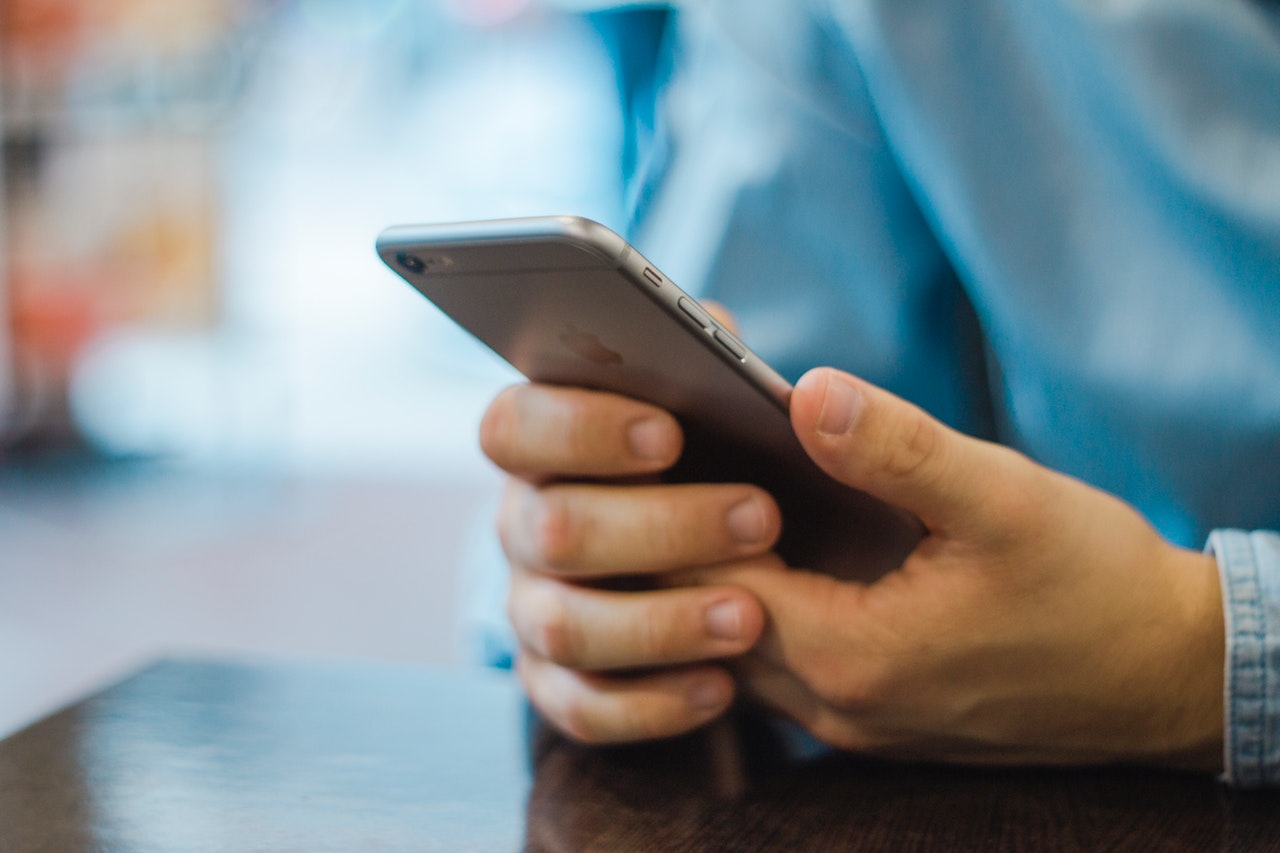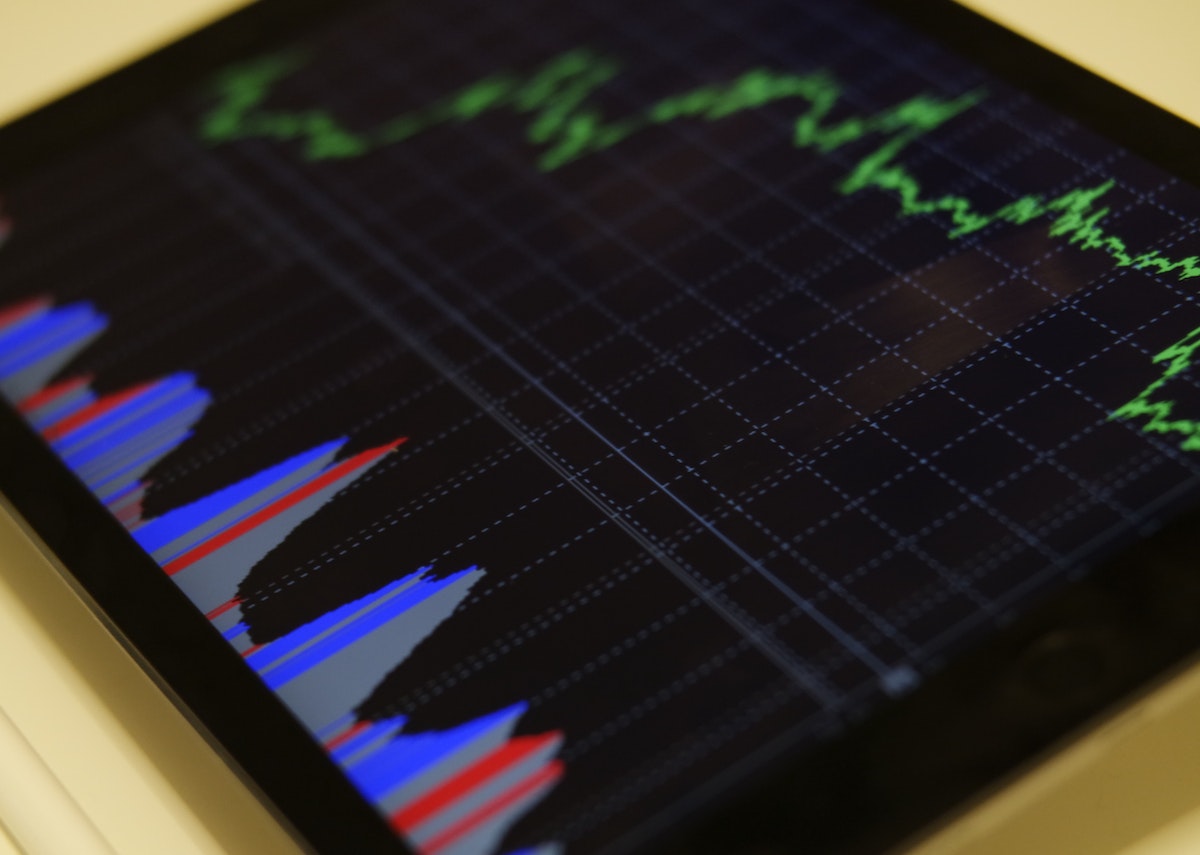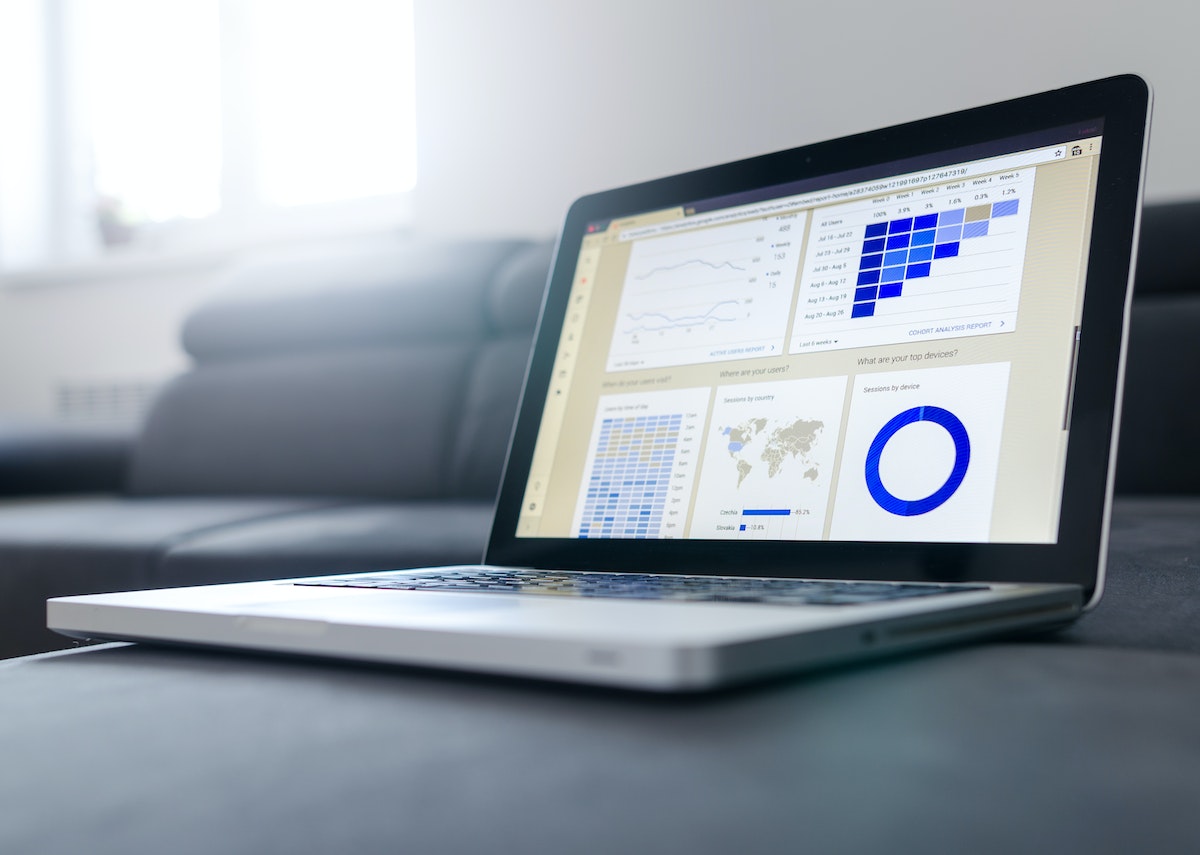Everything you Need to Know about Geofencing
Share

Geofencing or geo-fencing refers to a kind of location-based service that activates a certain action when a device enters into a defined virtual boundary. The technology makes use of Wi-Fi, GPS, RFID, or cellular data to set off a pre-programmed activity as soon as an RFID tag or a mobile device gets inside the virtual perimeter set around a physical location by the business app or software.
Geofencing is most commonly used by businesses to send push notifications, security alerts, text messages, and other engagement features to their customers. How the users are prompted depends upon how the geofencing service is configured. For instance, it can also be used to send targeted advertisements to users via social media or deliver area-specific marketing data. Some types of geofences are configured to manage security features and monitor community activity as well, which work by notifying the administrators of anyone entering or exiting a specified area. Similarly, some businesses use the technology to track the activities of their staff members in the field, regulate time cards, and manage the company property.
How Does Geofencing Work
To get started with geofencing, the developer or administrator would need to set up a virtual perimeter around a particular location in the RFID or GPS enabled app or software. It can be a simple 100 ft circle drawn around an area on Google Maps or as required by the application program interface. The defined geofence would activate the action as specified by the app or software developer or administrator as soon as a valid device goes through or leaves the area.
Generally, a geofence is set up during the coding phase of the business app or software. That is because users are required to permit the app or software to use location services, which is necessary for a geofence to work. For instance, some retail businesses establish a geofence around their outlets to notify their customers about the nearest store through their mobile app. If the customer finds it pointless, then they can disable the geofence programmed into the app by denying the location access to the mobile application. Yet again, if the app notified users of various deals and offers too, then they might find it interesting and allow access to location services in the app to get the best experience.
Some mobile applications even allow users to set up a geofence by themselves as per their needs. For example, iOS Reminders lets end-users pick a location or address where they want to activate a push notification or a specific alert. Also known as “if this, then that” command, this feature also allows users to trigger a defined action when performing another action. This can be seen in home automation devices, where the users can set a particular action when they leave their home such as turning off the lights.
The Growing Scope of Geofencing
Geofencing is not limited to mobile application use; instead, it can be applied to many other areas as well. For instance, the technology can be used to track and monitor vehicles, manage cattle in the agriculture industry, or for drone-enabled services. In fact, most of the drones are pre-programmed to work with geofences, which are typically set up near airports and open-air venues. The Federal Aviation Administration can create a drone-resistant geofence when needed, which would either stop the drones in mid-air or send a warning message to its user. Sometimes, the geofence can ask for the user authorization as well, which would allow the law enforcement officials to keep track of the activities of the drone.
As for the use in mobile applications, geofencing can have endless possibilities for businesses to manage their customers, communicate with them, as well as market new products and services easily. It’s even seen that some hospitality and retail businesses set up geofences around their competitions, so that as soon as a customer approaches the area, he/she gets an alert to visit the other company. Likewise, some businesses use the technology to send a discount coupon as soon as a customer enters their competitor’s retail store, prompting him/her to buy from them instead.
Popular Geofencing Applications
- Social Networking: Social media platforms are the most recognized users of geofencing technology. This can be seen especially in Snapchat, which gives its users access to specific location-based filters, emoticons, stickers, and other content that can be shared with others. Such social networking apps also use geofencing to help their users create custom-made filters, use a promoted filter, or share location-based stories with their friends and family.
- Marketing: Geofencing is one of the latest technologies adopted by businesses to market their products and services. It can help businesses send specific ads to their target audience as well as figure out the new strategies that they should employ for better reach using the location-based data. Besides, it can also help a business to notify its users about their in-store deals and promotions when they arrive at a specific location.
- Audience Engagement: The core objective of hosting any event is to engage the maximum number of people attending it. Here, geofencing can help the event organizers to track the activities or reactions of the attendees about the event on social media, which in turn allows them to reach more people. Similarly, the organizers can also deliver information about the concert or festival venue or schedules by setting up geofences.
- Smart Appliances: Home automation devices make the best use of geofencing to allow users to control their “smart” appliances even when they are away from their homes. There are also many appliances that allows the user to set up specific alerts for certain actions. For instance, a smart fridge can notify the user if there is no milk when he/she passes by the grocery store, or a smart thermostat can automatically turn off when the user leaves the house.
- Human Resources: Geofencing can also be used to monitor employee activities, especially those staff members who are off-site or in the field. It can also let the managers automate employee time cards, and track their ins and outs easily.
- Telematics: This branch of IT deals with the long-distance transmission of computerized data. With the help of geofencing, businesses can specify virtual zones around their sites, secure areas, and work areas. This would in turn help them boost the security of telematics by notifying the operator about any person or vehicle entering or exiting the location.
- Security: Geofencing can also offer an all-encompassing solution to enhance the security measures employed by a business. At the same time, it can help individual users secure their home as well by sending alerts to them in case an intruder breaches the geofence set up around their house.




